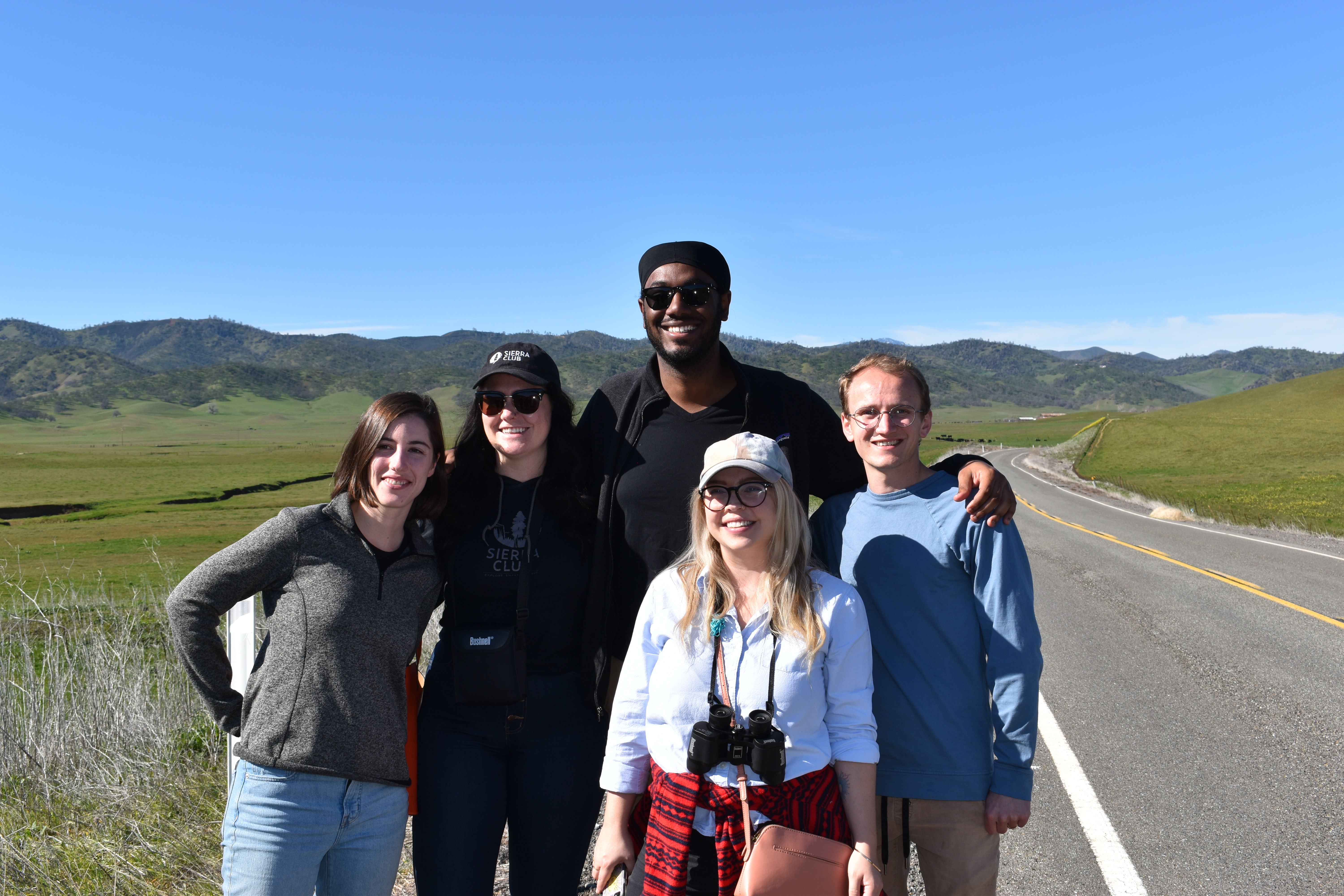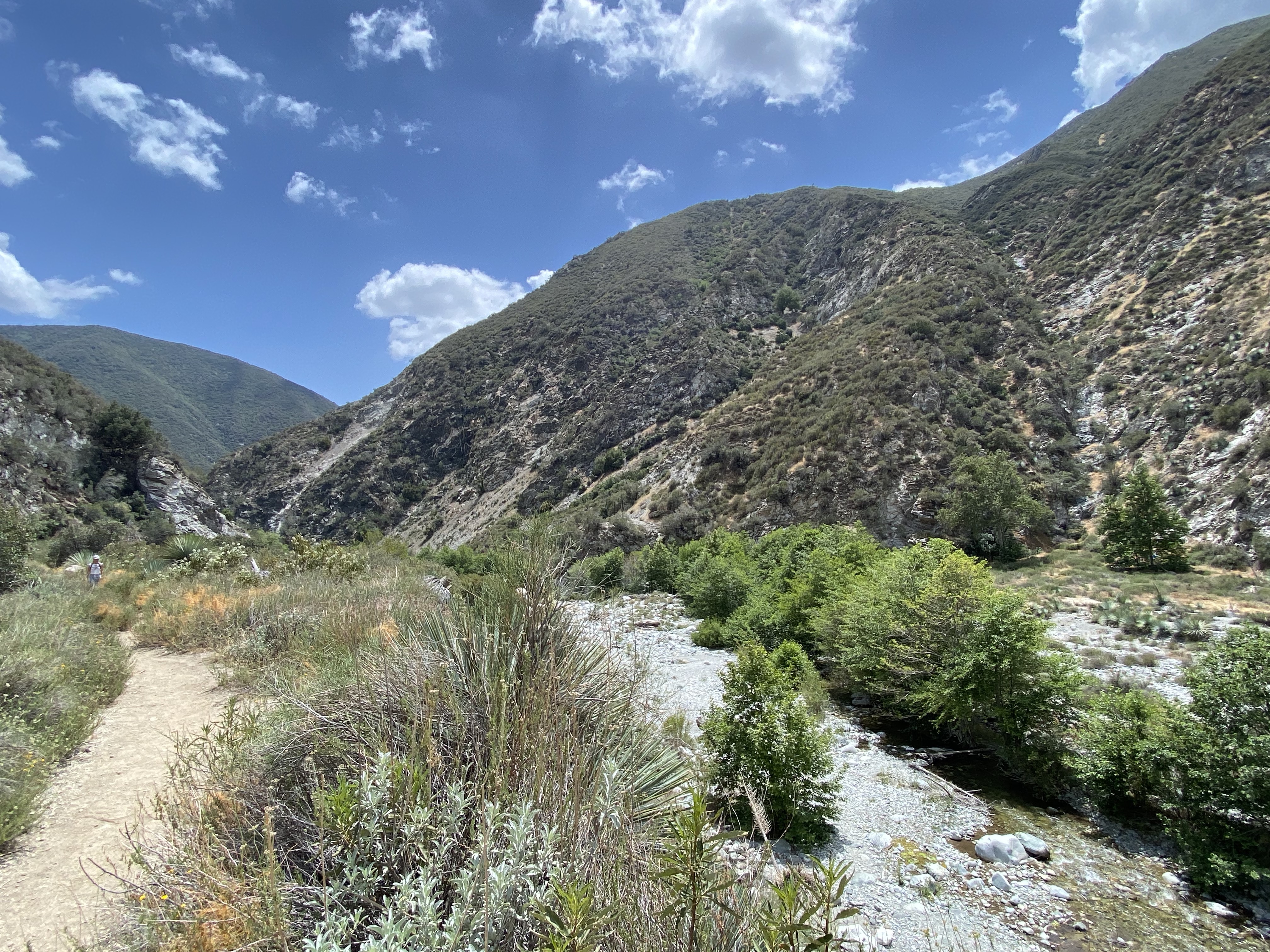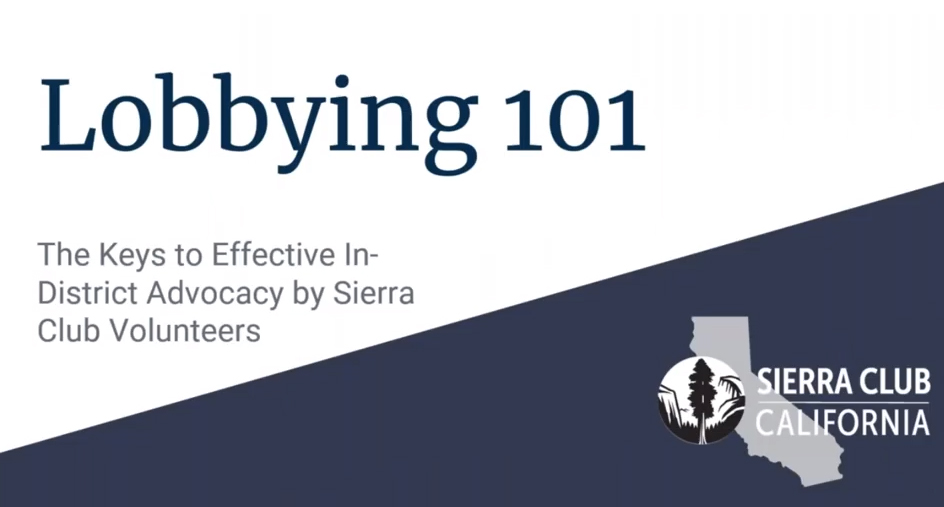
Stop Sites Reservoir
Speak up for Conservation in California
In-District Lobbying Returns- COVID Edition

On February 4, Sierra Club California staff joined Friends of the River for a tour of the proposed area where Sites Reservoir would be located.
A quick reminder: Sites Reservoir would divert water from the already overdrafted Sacramento River and flood a 13,200 acre area which contains valuable wetlands, oak woodland habitat, and 24 endangered species in the Antelope Valley of Glenn and Colusa counties. The tour was led by Steve Evans of California Wilderness Coalition.
Evans began the tour with a stop in Maxwell, CA, where we saw an old building that had not been retrofitted for earthquakes. He explained that reservoirs can induce seismicity, or the occurrence of earthquakes, as they had discovered in Oroville in the 1970’s, or with smaller earthquakes induced by Mendocino Reservoir. Buildings like this one in Maxwell may be in danger of collapse due to its close proximity to the reservoir.
We then stopped at the proposed location of the reservoir’s main dam, which also happens to be a significant and non-mitigatable habitat of federally protected golden eagles. As if Mother Nature herself was listening, we saw a bald eagle and a turkey vulture soar in circles above us (don’t worry, we got a video)! The dam site sits atop the Great Central Valley fault line, which is less than a mile from the reservoir’s proposed location.
Next we traveled to the heart of the valley, where greenlands can be viewed for acres. There is currently a green valley with a few horse ranches. It is relatively shallow, rising to a ridgeline that Evans pointed out. He told us about the modeling Department of Water Resources use in the environmental review process, which uses averages that don’t consider daily or hourly timesteps, which are critical for salmon spawning habits. These models, like much of our water infrastructure, were built in the wet years of the 1960’s and earlier. Evans predicts that Sites may be a “stranded asset” because it may rarely be full with these severe droughts and possibly be “deadpool”- the level of water may be below where pumps and pipes can even reach it.
Our last stop was to the Sacramento River National Wildlife Refuge which protects threatened and endangered species in riparian habitat. When the river floods, it deposits seeds and sediment so areas can re-vegetate. The flooding river erodes banks and deposits the sand downstream, creating new habitats. Sometimes erosion knocks trees into the water, which creates coverage for fish. This area was significant because Sites proponents want to divert water from the river’s tributaries and pump it into the reservoir. Those diversions could significantly harm the riparian habitat that depends on the flows, including yellow-billed cuckoos, bank swallows, winter-run and spring-run Chinook salmon, steelhead, and others.
The tour reinforced that California should not be building new water storage or conveyance projects such as Sites Reservoir and the Delta Conveyance Project to solve climate crisis impacts on our water supply. California already has constructed nearly 1,400 dams and reservoirs and the impacts continue to increase. Even more, the tour shed more light on the damage and destruction these projects can have on our natural environment.
This is why Sierra Club California fights everyday for the state and local water agencies to invest in more regional and resilient water supply projects. Our volunteers around the state regularly attend agency meetings and city council meetings for this purpose. If you’d like to get involved, click here.
Click here to see footage from each stop on our tour. Caty Wagner is our Southern California Water Organizer and can be reached at caty.wagner@sierraclub.org. Molly Culton is our Northern California Water Organizer and can be reached at molly.culton@sierraclub.org.

California is leading the nation as the first state committed to protecting 30% of lands and coastal waters by 2030. Meeting this conservation goal will be integral to combating the dual climate and biodiversity crises impacting the state.
In December 2021, the California Natural Resources Agency (CNRA) released a draft plan for achieving this milestone in the “Draft Pathways to 30x30 Report.” This plan will guide California’s conservation efforts for the next eight years, and provide a major opportunity to protect the environment and invest in local communities.
Although CNRA’s vision and framework for how we can achieve 30x30 is a strong first step, the final document must provide more details on how it will measure success and turn this plan into action that ensures California can reach its bold and ambitious conservation goal.
CNRA is taking public comment on the document until February 15th. You can support the 30x30 initiative and help California create a strong strategy by providing your input on the Draft Report here.
We have a once-in-a-generation opportunity to shape the future of conservation in California for our lands, waters, wildlife, and communities. All eyes are on California as the first state in the country to establish an ambitious goal to protect 30% of lands and waters by 2030, so we have a unique opportunity to be a leader in this campaign.
The clock is ticking before the February 15th public comment deadline! Send CNRA an email and tell them to strengthen conservation efforts, add more funding commitments, and include more specific actions in their draft plan.
For more information, also see our coalition press release and 10 priorities for a successful 30x30.

Sierra Club California is excited to bring back our In District Lobbying program so volunteers like you can keep doing the important work of protecting our natural environment and fighting for a just, clean energy future.
Legislators care about what their constituents think. Indeed, no matter how much money they receive from special interests, legislators know that they ultimately have to win the votes of their constituents to stay in office.
One of the most important things Sierra Club volunteers can do to help pass good environmental legislation is to reach out to their legislators at home. Meeting with your representatives in-district is one of the most effective ways to influence change and make sure your voice is heard regarding the issues you care most about.
It’s also a great way to build a relationship with your elected officials and let them know which issues are a top priority for their constituents.
To adapt to the ongoing pandemic, the 2022 In District Lobbying Campaign is going to be different from previous years. All In District Lobbying meetings will be held virtually, either by phone or Zoom. There will be no in-person lobbying meetings.
Sierra Club California will be hosting three webinars in March to train volunteers on best practices for (virtual) In-District Lobbying. Below are the dates and times of the scheduled webinars, with links to register:
Thursday, March 17; 12:00PM - 12:30PM - Register here
Thursday, March 24; 12:00PM - 12:30PM - Register here
Thursday, March 31; 12:00PM- 12:30PM - Register here
For questions or more information, you can email: Molly.Culton@sierraclub.org.
Follow Us:
  |
Thank you for being a part of our work! Consider making a monthly donation. You may securely donate online or by sending a check to Sierra Club California at 909 12th Street, Suite 202, Sacramento, CA 95814.
